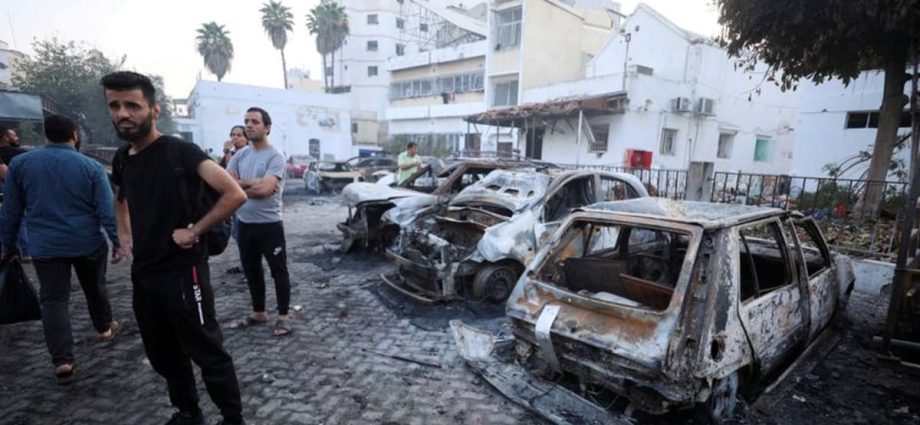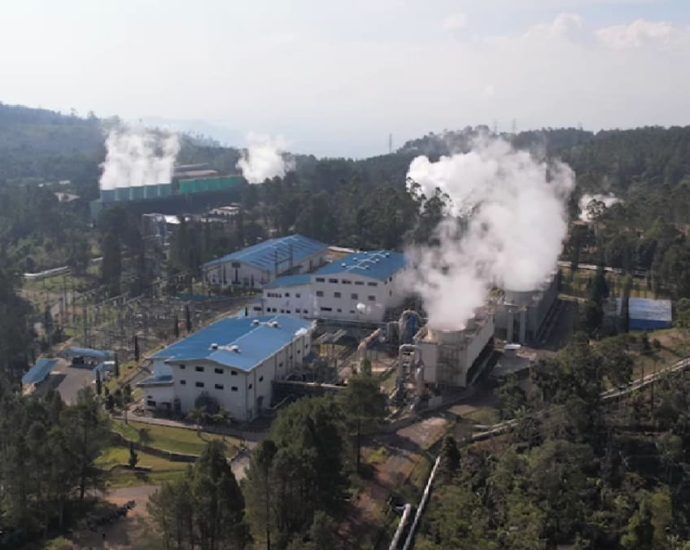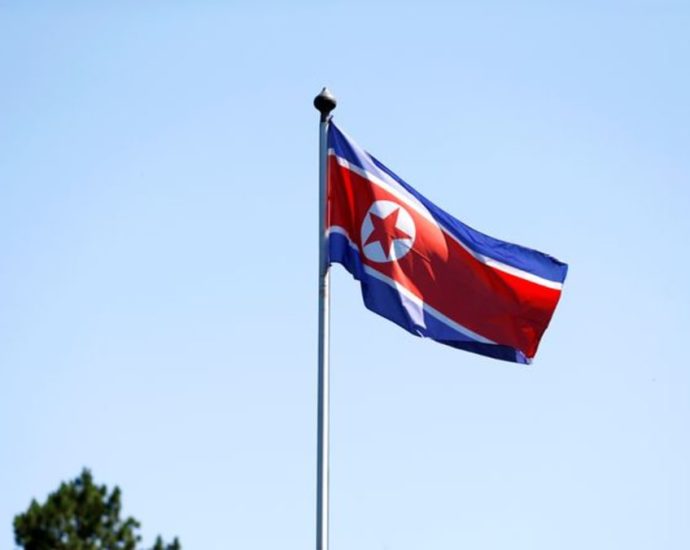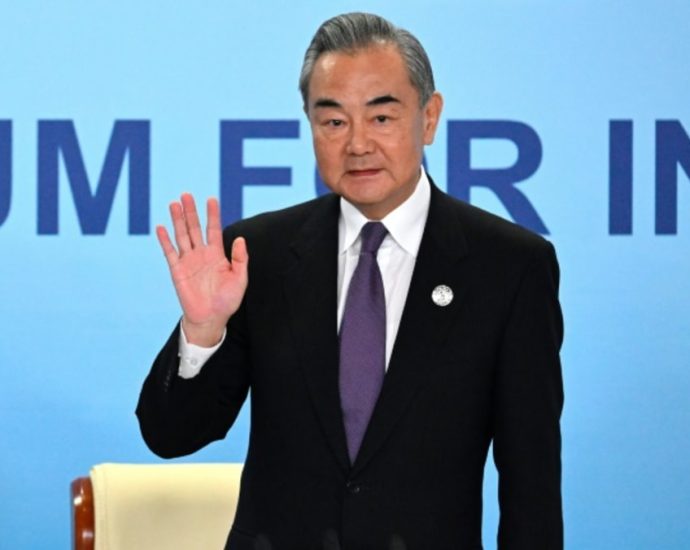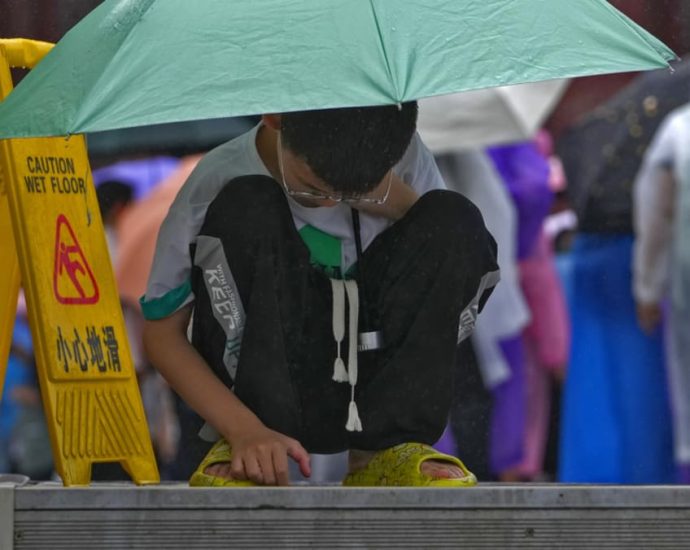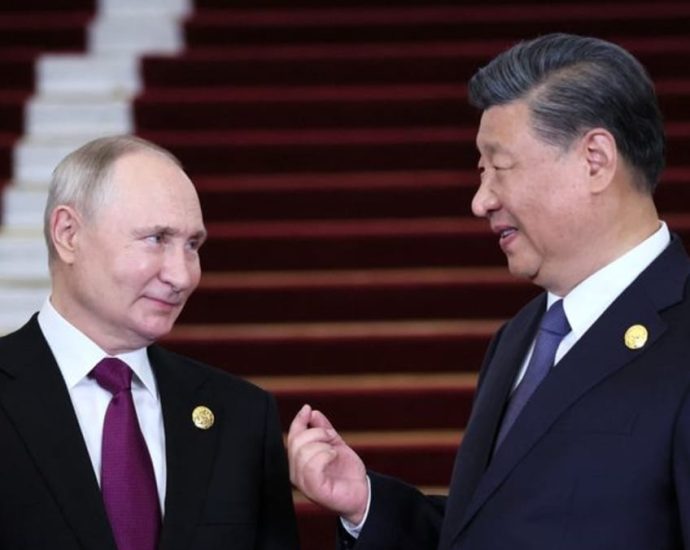North Korea says Israel bombed Gaza hospital, calls US ‘accomplice’
SEOUL: North Korea’s foreign ministry accused Israel of bombing a hospital in the Gaza Strip on Oct 17, saying it had openly committed a war crime “under the undisguised patronage of the United States”. In a statement by state-run news agency KCNA, a ministry spokesman also blamed the United StatesContinue Reading

